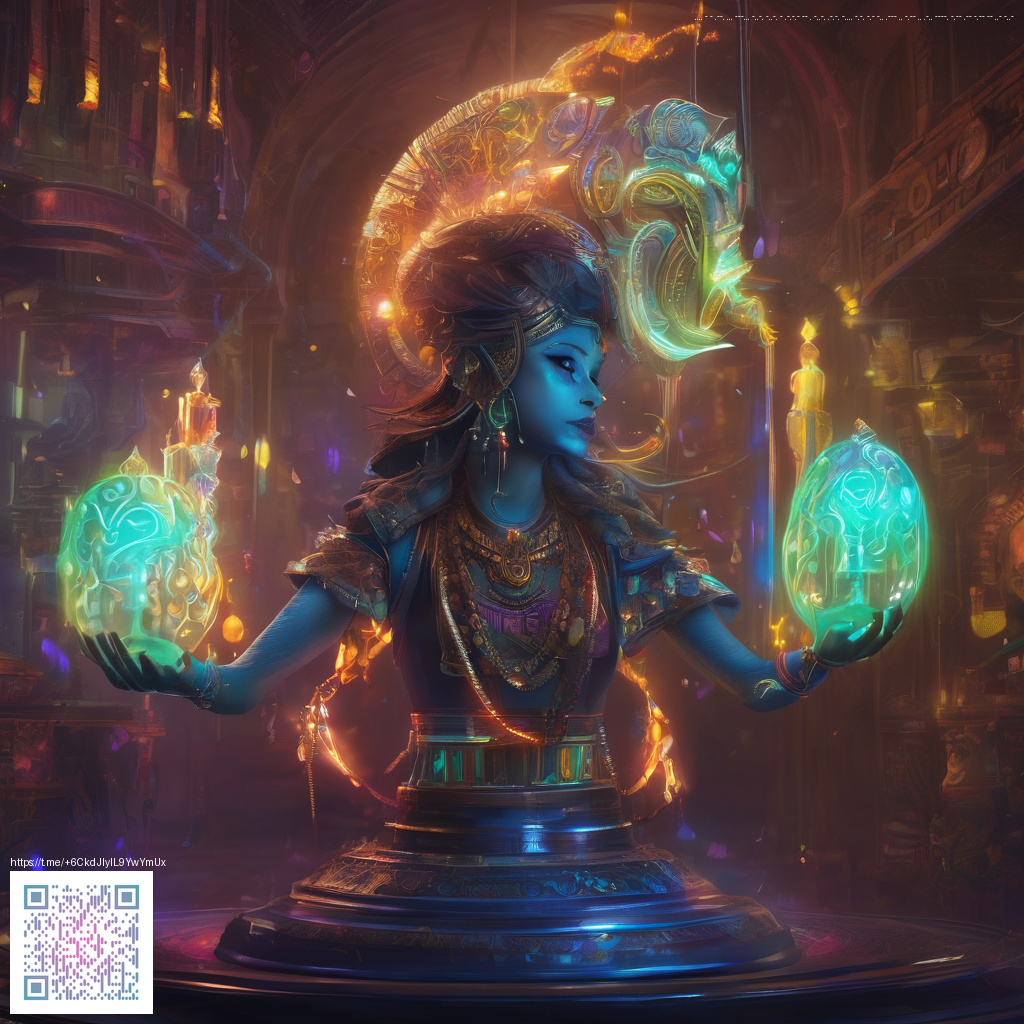
Inside Classic Arcade Branding: A Look at Iconic Logo Design
From the glow of a marquee to the crisp pixels on a cabinet side, classic arcade branding thrives on quick recognition and an unmistakable mood. Designers of the era relied on bold shapes, high contrast, and memorable silhouettes to cut through the arcade lane and absorb players at a glance. You can feel this same urgency today in modern branding efforts that nod to retro aesthetics while staying fresh and relevant for digital-native audiences.
Color and contrast were king in the early arcade era. Neon palettes—hot pinks, electric blues, lime greens—paired with stark black or white to ensure readability from across a room. This approach wasn’t just about looking flashy; it was a practical solution for dimly lit rooms where players scanned walls for their next cue. The result is a visual language that still resonates: simple color blocks, loud typography, and a sense of movement even when a logo is stationary.
Typography, too, played a crucial role. Pixel fonts and chunky letterforms carried personality with minimal strokes. The letters themselves became recognizable icons, capable of surviving scaling on signage, packaging, and even coin-operated machines. Modern designers often borrow this mindset—oversized letterforms, modular grids, and geometric baselines—to deliver logos that remain legible at a glance, whether on a handheld device or a storefront window.
Key elements of iconic arcade logos
- Geometric simplicity: Circles, squares, and triangles provide a stable, instantly readable structure.
- High-contrast color schemes: A tight palette ensures visibility in busy, neon-rich environments.
- Dynamic shapes and motion cues: Arrows, sparks, or wave lines suggest speed and excitement without clutter.
- Mascots and sprites: A character or symbol offers a friendly, memorable anchor for recognition.
- Versatility across media: The logo must scale from cabinet decals to print ads to digital icons without losing its bite.
“Arcade branding teaches us that a logo isn’t just a mark; it’s an invitation to play.”
That invitation translates beautifully to today’s branding challenges. The essence remains: craft a mark that can survive a tilt from neon to grayscale, from poster to pixel, while preserving its core identity. When done well, a logo becomes a thread that ties signage, merchandise, and online presence into a cohesive narrative.
In practice, brands have found ways to honor this heritage while embracing contemporary media. For example, a modern product line might lean into tactile textures and customizable options that echo the physical pleasures of arcade life. If you’re curious to see a tangible example, you can explore a neon-inspired accessory like the Neon Gaming Mouse Pad—9x7 inches, customizable neoprene, stitched edges—through its product page. It’s a reminder that branding essentials—bold color, clean typography, and tactile details—translate across platforms. Neon Gaming Mouse Pad embodies that spirit in a modern format.
Beyond aesthetics, think about how classic branding informs the whole user journey. A logo isn’t just a mark for a storefront; it becomes a gateway to tone, atmosphere, and experience. The signage, the packaging, the way a product feels in hand—all of these facets echo the same design language that captivated players in arcade halls decades ago. When you blend that heritage with contemporary usability, you achieve both nostalgia and relevance.
For designers aiming to apply these lessons today, start with three practical steps:
- Define a bold core: Choose a simple geometric form that anchors your logo in one place—easy to recognize at a distance or on small screens.
- Limit your palette: Pick a neon-inspired or high-contrast duo that can stretch across media without losing legibility.
- Plan for versatility: Ensure the logo scales from cabinet-sized signage to app icons, while retaining its essence and readability.
As you work, consider the sensory cues that defined arcade branding—glow, rhythm, and tactile rewards. These elements aren’t relics; they’re design instincts that can enliven contemporary brands, especially when paired with modern materials or digital interfaces. If you want to explore related ideas, check out the linked page above for a different twist on branding storytelling available on a related page: Similar content here.